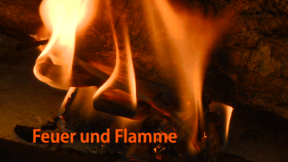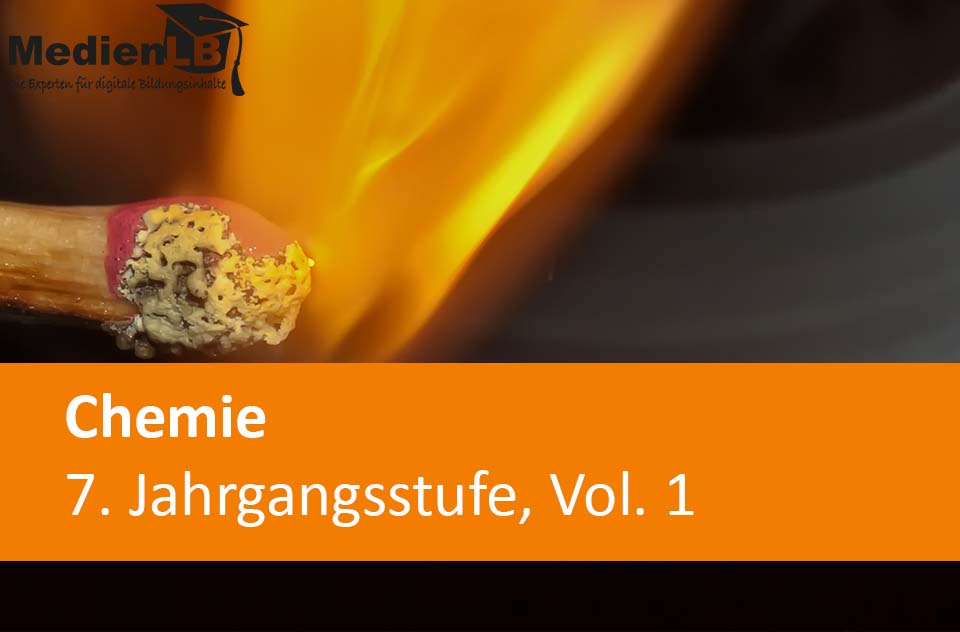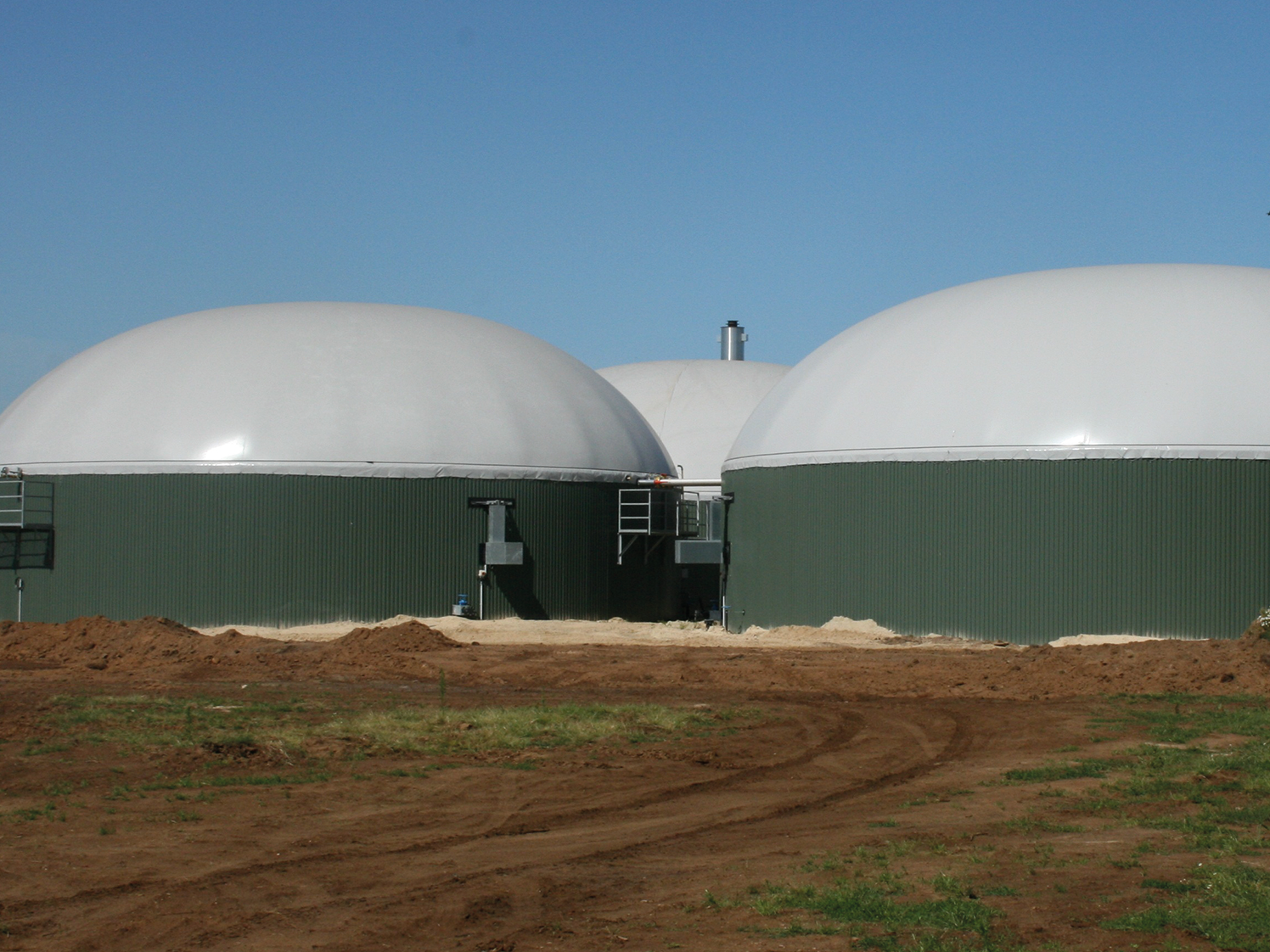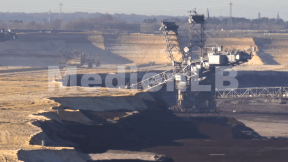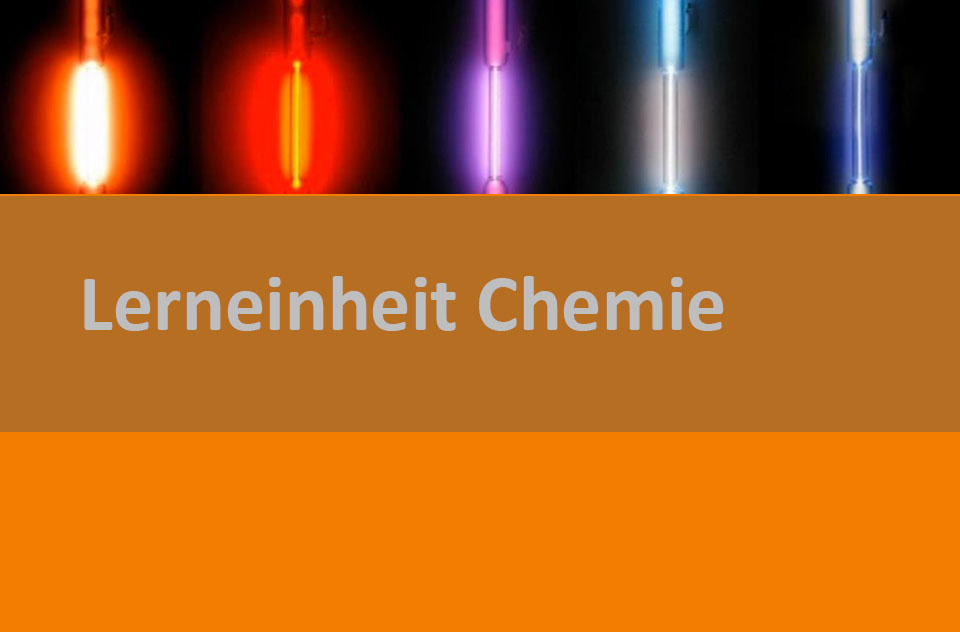
55502519
Edelgase
In 10 interaktiven Aufgaben und Videos wird Wissen zum Thema Edelgase vermittelt und anschließend abgefragt.
Das Medium bietet H5P-Aufgaben an, die ohne zusätzliche Software verwendbar sind.
Durch interaktive Aufgabentypen wird das audiovisuelle und interaktive Lernen einfach.
Lernen macht jetzt Spaß!
Included Tasks
- I Chemie der Edelgase - Lückentext
- II Wortgitter Edelgase - interaktive Aufgabe
- III Vorkommen und Gewinnung von Edelgasen - Video mit Aufgaben
- IV Edelgas:Anwendungen - interaktive Aufgabe
- V Atomkern; Elektronen; Schalen - interaktive Aufgabe
- VI Edelgase leuchten - interaktive Aufgabe
- VII Schalenmodelle zuordnen - interaktive Aufgabe
- VIII Edelgasregel - interaktive Aufgaben
- IX Elektronenverteilung - interaktive Aufgabe
- X Edelgase - Interaktive Aufgaben
Curriculum-centred and oriented towards educational standards
Matching
Fire and Flame
Fire – one of the most important human discoveries. It gives us warmth and light, conveys security and fascinates us with its dancing flames.
Redoxreaktionen
In unserem Arbeitsheft Chemie 7, Vol. 1 – Redoxreaktionen finden Sie 50 interaktive und didaktisch aufbereitete Aufgaben.





